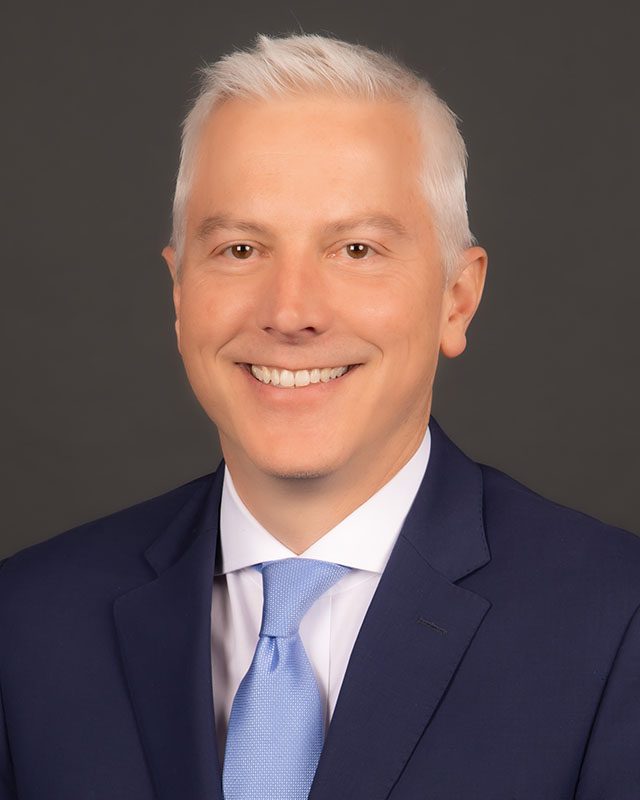
As a senior vice president at SAIC, Josh Jackson leads the portfolio of programs in support of the U.S. Army, focusing on strategy, growth and program delivery.
We caught up with Jackson to talk about some of the Army’s most pressing challenges, and how SAIC can help, from digital engineering to software modernization and beyond.
What are the common challenges your government clients face?
One of the most common is modernization, or more specifically the challenge on how to accelerate technology insertion into legacy systems and platforms to yield better and different outcomes to address the evolving threats we face as a nation. With the more extensive adoption of digital engineering methodologies, we can address some of the legacy systems modernization challenges more adeptly than before.
Integration is another common challenge I see. True integration versus interoperability is significantly more difficult however the payoff in mission effectiveness is exponential. Our Army customers are calling on industry to adopt modular and open systems architectures to help solve this challenge.
How does SAIC help?
As a technology integrator, SAIC is passionate about leveraging best-in-class technology to solve our customer’s most complex challenges. Our process begins with the mission challenge in mind — considering technology, concepts of operation and employment, organizational dynamics and human beings.
This holistic design approach serves our customers well while simultaneously addressing the challenge of innovating while modernizing.
We’re also applying modern digital engineering practices to address Army modernization challenges. We’re exploiting DE practices like digital reverse engineering and model-based product sustainment practices to weed out obsolesce in legacy systems, as well as using those same practices to expedite technology insertion into existing systems and platforms to improve performance and lower sustainment costs.
In the enterprise domain, we’re helping customers modernize legacy software systems and migrate those to a cloud infrastructure in a secure and economical way.
And in terms of integration?
Achieving true integration of systems is difficult when dealing with a mix of legacy and new systems and architectures. That is where SAIC shines. We apply a true modular and open systems approach to achieve integration with no ‘black boxes’ while also allowing for true data transparency.
What differentiates your approach from others in this space?
We’ve seen the service call for the utilization of a modular open systems approach, and while recently newsworthy, SAIC embraced the underlying philosophy and processes that underpin it long ago. This not only makes us experts in applying modern and emerging digital engineering approaches to modernize legacy systems, but it also means that we’ve adopted and implemented business and delivery models to suit what defense customers are demanding from industry.
Fundamentally, our belief is that the Army, or any other defense customer, should not be ‘locked-in’ to someone’s proprietary architecture or held hostage to a vertically integrated and inflexible solution. Rather, our customer should be able to grab any “best-in-class” piece of technology and ask that it work in their modernized system.
Where do you see growth opportunity, and what’s the strategy for seizing that?
We see opportunities to help the Army modernizing legacy software applications and migrate those to modern infrastructure ⏤ public cloud or hybrid. We’re leveraging our investments in automation of modernization and migration process to make the journey to the cloud faster and cheaper for the Army regardless of the environment where the application lands.
We also see opportunities to help the Army modernize the command, control and communications architecture and infrastructure, where the Army plays a critical role, especially in the tactical echelon, within the defense department’s CJADC2 strategy. We’re developing solutions that are simple, intuitive and open for ease of integration, knowing that the ultimate solution must come from multiple places in industry to include commercial providers. We’re doing this in multiple domains of intelligence, fires and air defense, as a few examples.
On a personal note, what makes this work interesting or meaningful for you?
My grandfather was a combat medic in World War II. He was in the 88th Infantry Division and finished his tour with the liberation of Volterra, Italy. He earned a Purple Heart and a Silver Star there and when asked about it, he would say, “I saw a job that needed to be done and we did it.”
He taught me what it means to be a leader and a patriot, and I work at SAIC because I have a chance to make a positive difference in our nation’s security.
You’re also involved in the community outside of SAIC. Tell us about that?
I serve on the boards of the USO National Capital District and AFCEA International. I’m also passionate about clean water and ensuring everyone around the globe has access, and my family and I work with World Vision, which provides innovative ways for the poorest and most remote people in the world have access to clean drinking water.
I got hooked on leadership when, as a young engineer working on the VIRGINIA-class submarine design, where I was asked to lead a team of individuals to solve a tough problem. I saw the power of teamwork, diversity and multidisciplinary thinking coalesce into a solution to a problem that one individual could never solve. Helping individuals and teams accomplish more than they think they can inspires me to this day.

